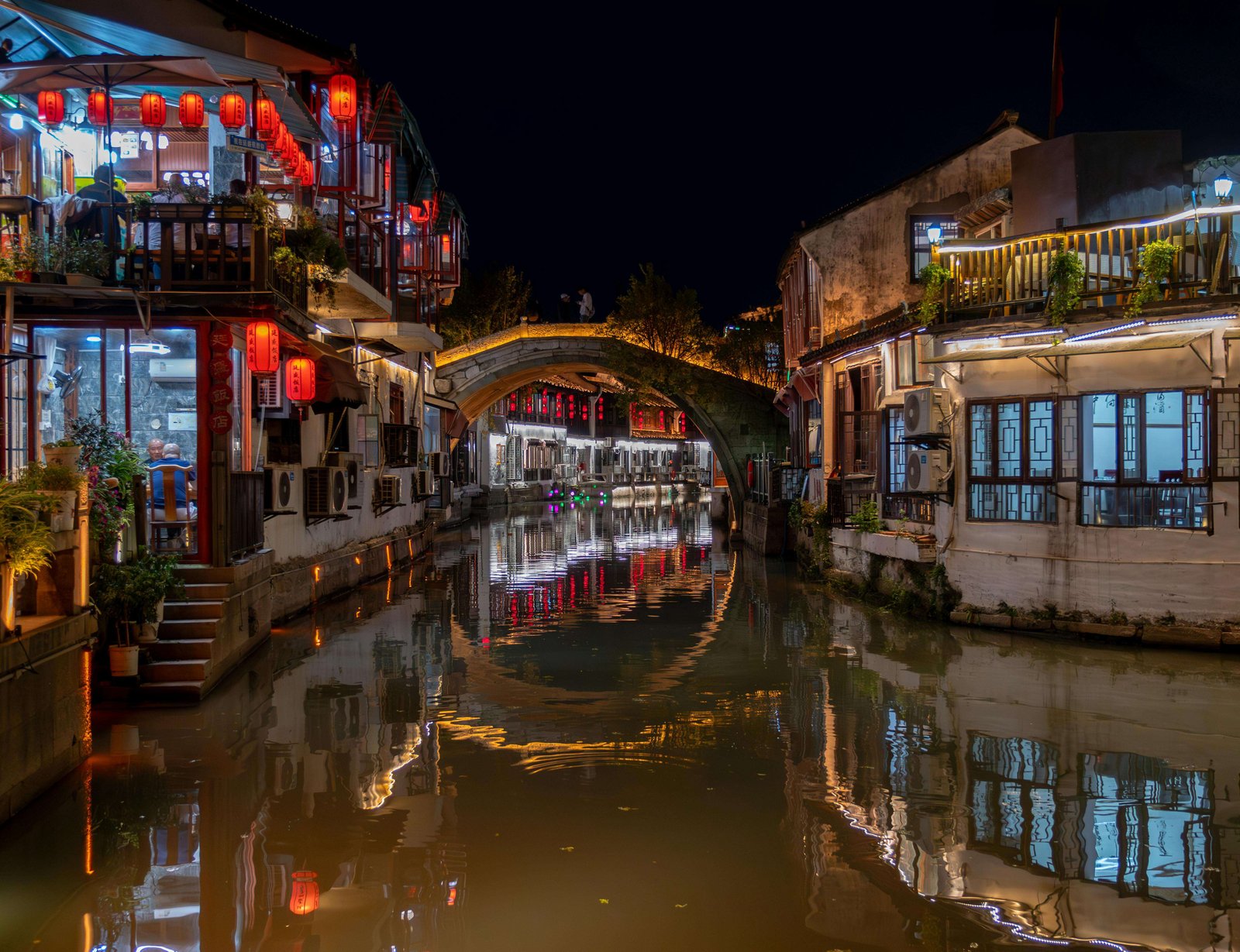Suzhou city
Overview: Suzhou, located in Jiangsu Province, is known for its classical Chinese gardens, ancient water towns, and silk industry. Often referred to as the “Venice of the East,” Suzhou is celebrated for its picturesque canals, traditional architecture, and rich cultural heritage. The city’s historical and natural attractions make it a popular destination for visitors seeking both relaxation and cultural enrichment.
Historical Significance: Suzhou’s history spans over 2,500 years and includes its role as a center of silk production. The Classical Gardens of Suzhou, including the Humble Administrator’s Garden and the Lingering Garden, are UNESCO World Heritage sites renowned for their exquisite design and landscaping. These gardens reflect traditional Chinese principles of harmony and balance, offering a serene escape from urban life. The Suzhou Museum, designed by architect I.M. Pei, combines traditional Chinese and modern design elements to showcase the city’s history and culture.
Modern Attractions: Suzhou features a mix of historical and modern attractions. The Pingjiang Road, a historic canal street lined with shops, teahouses, and traditional architecture, provides a glimpse into Suzhou’s past. The city’s modern developments, such as the Suzhou Industrial Park, reflect its economic progress and industrial growth. The Suzhou Science and Cultural Arts Center, with its contemporary design and cultural facilities, highlights the city’s role in promoting arts and education.
Culture and Lifestyle: Suzhou is famous for its silk production, with the city’s silk factories offering tours and demonstrations of traditional weaving techniques. Local cuisine includes dishes such as Suzhou-style mooncakes and sweet and sour spare ribs. The city’s cultural festivals, including the Suzhou Silk Festival, celebrate its heritage and craftsmanship. Suzhou’s combination of classical gardens, historical sites, and modern amenities makes it a charming destination for travelers seeking to experience traditional Chinese culture and contemporary development.
